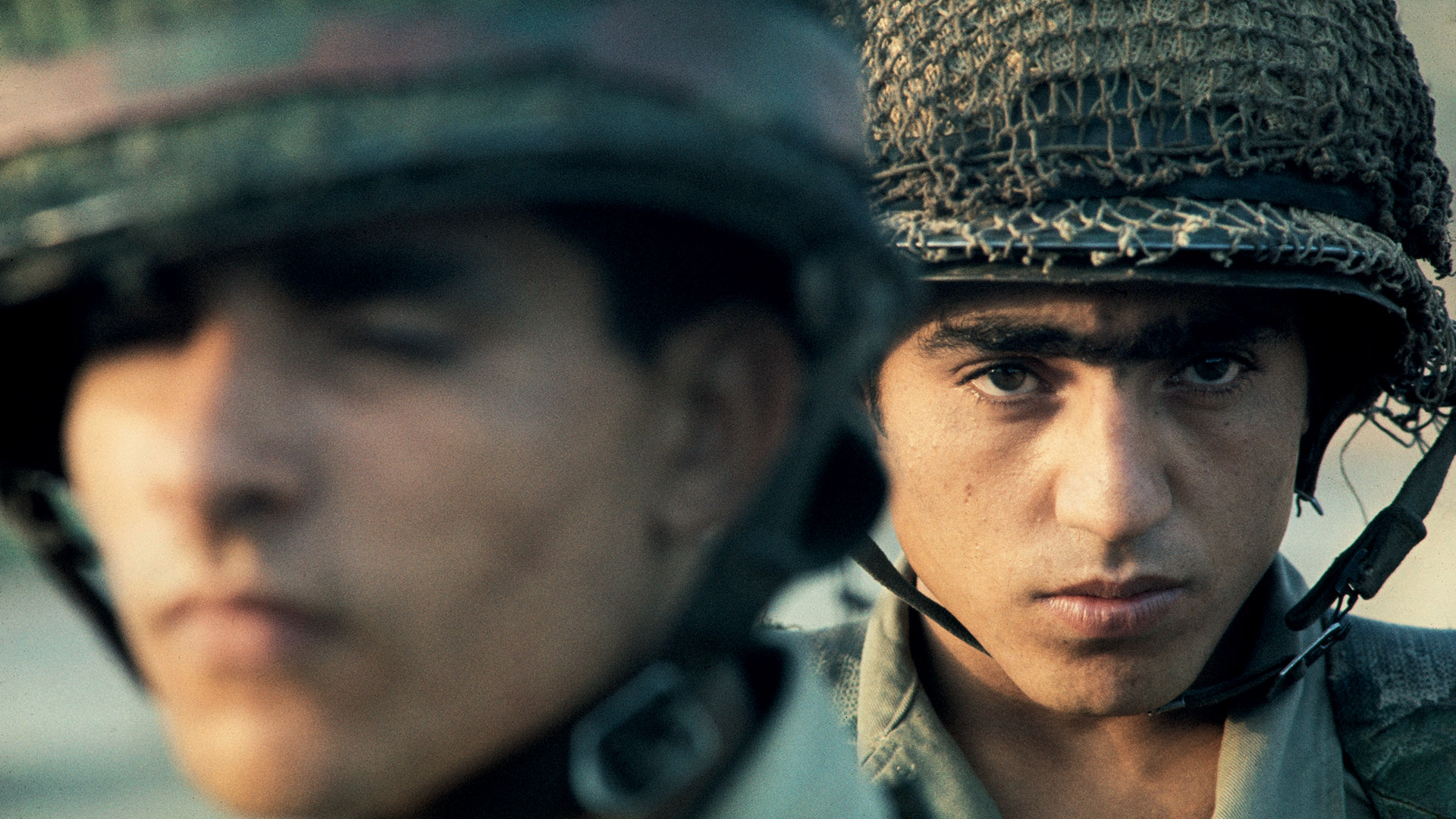The book Gilles Caron, Un monde imparfait accompanies the eponymous exhibition, which was on view in Reims and is traveling to Cherbourg starting April 24, 2021. Blind invites you to discover Gilles Caron’s remarkable work through his photographs and the testimony of Robert Pledge, director of the agency Contact, who was close to the photographer who died suddenly at the age of thirty.

You’re getting blind.
Don’t miss the best of visual arts. Subscribe for $9 per month or $108 $90 per year.
Already suscribed ?
Read on: When War Reporters Document Peace



